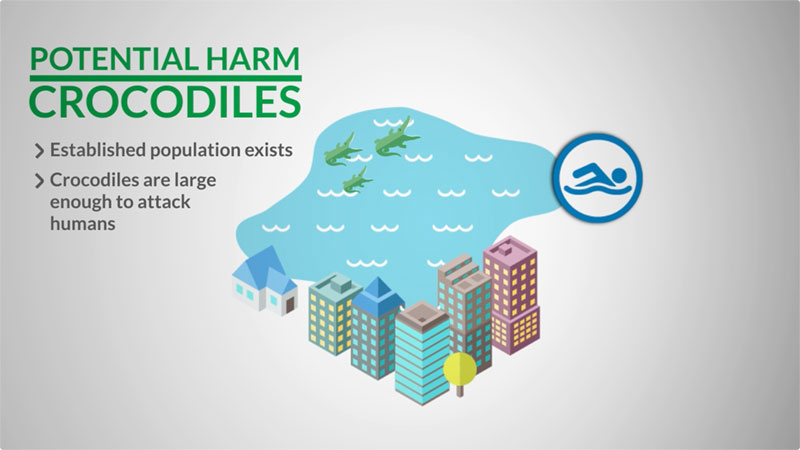About this module
Risk analysis includes risk assessment, risk management, and risk communication. Risk assessment identifies risks from plausible sets of circumstances that may result in harm to people or to the environment from genetically modified plants, characterises the risks on the basis of seriousness and chance of harm, and evaluates the need for control. Risk management selects and implements plans or actions to appropriately mitigate identified risks. Risk communication is the exchange of information, ideas, and views between the government and stakeholders and conveys the rationale for decisions made by the government.
Major focus of the Module and main goals
The purpose of this Risk Analysis Module is to:
- provide a guide to the current rationale and approach to risk analysis
- enable a consistent and strict risk analysis approach to evaluating applications
- provide transparency on the use of risk analysis for decision-making
Why should you be interested to do this Module? What type of skills will they improve?
- Risk analysis helps achieve the objectives of protecting the health and safety of people and the environment
- Risk analysis helps the regulator make informed choices, prioritise actions and distinguish amongst alternative courses of action
- Risk analysis is transparent, inclusive, and up-to-date, allowing stakeholders to be properly represented and to have their views taken into account
- Risk analysis is dynamic, iterative, and responsive to change
- Risk analysis facilitates constant improvement


This Risk Analysis Module provides guidance about the approach used by many Regulatory Authorities in applying risk analysis. This approach can be used in a wide range of decision-making contexts across all disciplines.